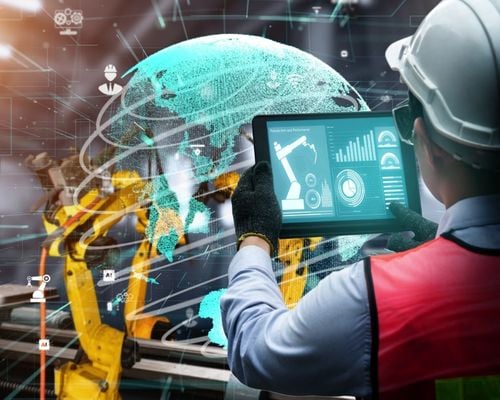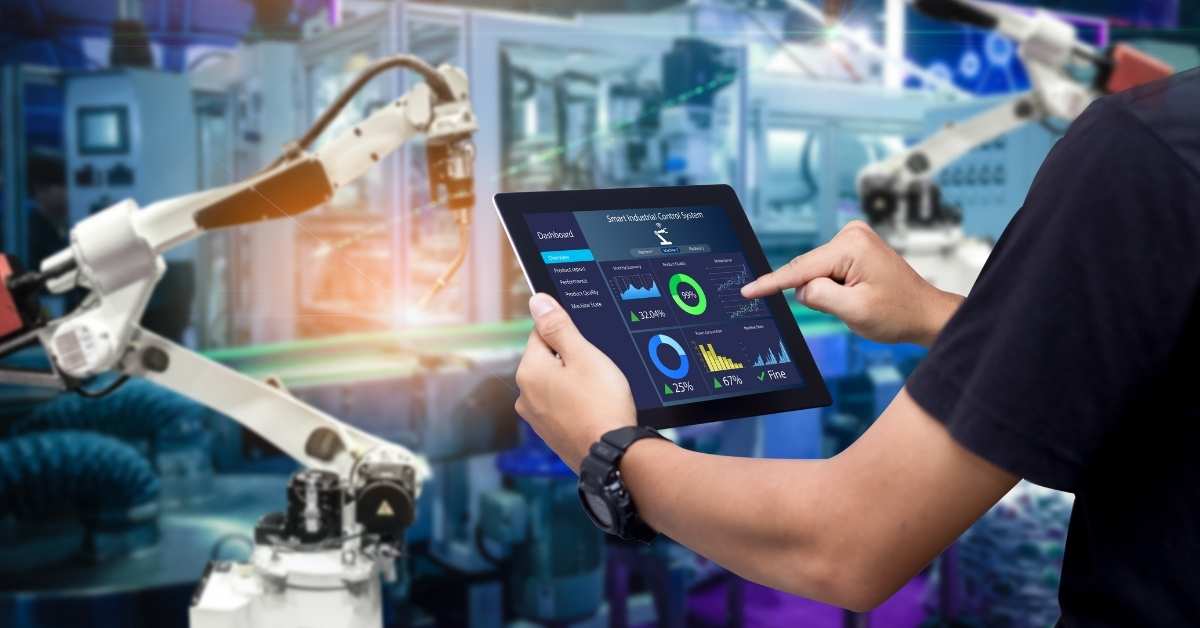The manufacturing industry is facing a skilled labor shortage. As the industry looks to the future, one of its biggest challenges will be attracting a younger workforce. The problem is that the current perception of manufacturing jobs is inaccurate. Many people – especially millennials and members of Gen Z – still think of manufacturing as dirty, dangerous work with low pay and little room for advancement. However, this couldn’t be further from the truth.
In reality, manufacturing jobs have come a long way from the days of manual assembly lines. Today’s facilities are clean and safe, and workers are paid a good wage for doing skilled work. On top of that, manufacturing facilities are equipped with high-tech equipment, including computers, robotics, and artificial intelligence.
However, despite these advances, the manufacturing industry still struggles to attract young workers. In order to change outdated perceptions, manufacturers need to do a better job of marketing themselves as modern and dynamic workplaces where employees can have fulfilling careers.
To attract a younger workforce, manufacturers need to focus on five key areas:
- Artificial intelligence and technology: Emphasize the high-tech aspects of the job. Many people don’t realize how high-tech manufacturing has become. Facilities are now equipped with computers, robotics, and artificial intelligence. This high-tech equipment is operated by skilled workers who need to have training in computer science and engineering. By emphasizing the high-tech aspects of the job, manufacturers can attract workers who are interested in these technologies.

- Offer competitive salaries and benefits: Salaries in the manufacturing industry have lagged behind other industries for years. But as the shortage of skilled workers continues to grow, manufacturers are starting to offer competitive salaries and benefits packages. This is especially true for positions that require advanced skills or training. By offering competitive compensation, manufacturers can attract top talent to their facilities.
- Provide opportunities for career advancement: Many people see manufacturing jobs as dead-end positions with no opportunity for advancement. But this just isn’t true. There are many opportunities for career advancement in the manufacturing industry. The path to career advancement and management may vary depending on the company, but it typically includes several steps. For example, a worker may start out as an operator and then be promoted to a supervisor position. From there, the worker may be promoted to a manager position. director role, vice president, etc. So, by providing these opportunities for career advancement, manufacturing companies can attract and retain workers.
- Company culture: When it comes to company culture, how can the manufacturing industry attract young people? It starts by understanding what they want. A study compiled data from more than 1,000 respondents between the ages of 18 and 34 to find out what motivates them when searching for a job. The results showed that 80 percent of respondents said “a company’s culture and values” were very important to them when considering a job. Other important factors included “opportunities for career growth” (78 percent), “competitive pay” (74 percent), and “work/life balance” (70 percent). Clearly, culture and values are key when it comes to attracting young talent.
- The education system and the changing needs of the manufacturing industry: There is a perception that you need a four-year degree to get a good job – when in reality, many good-paying jobs in the manufacturing industry only require a two-year degree or vocational training. Changing this specific perception of manufacturing jobs could motivate more young people to pursue them. One way this can be done is by partnering with schools and community organizations to provide career exploration opportunities for students. We also need to invest in vocational training and apprenticeship programs so students have the opportunity to earn while they learn. By taking these steps, we can ensure the skilled labor shortage does not become a crisis for the manufacturing industry – or for our economy as a whole.
The good news is that the manufacturing industry already has a lot to offer in terms of all of the above. And for the most part, manufacturers have always put an emphasis on company culture, social responsibility, and continuous improvement.
In terms of continuous improvement, ProcessMiner is the industry-leading AI platform delivering unprecedented autonomous improvements in manufacturing operations. Leveraging the latest state-of-the-art artificial intelligence and machine learning technologies to help manufacturers optimize their production processes, ProcessMiner automatically identifies process improvements and in real-time, implements them autonomously, without the need for human intervention. It’s a manufacturing game changer.
In terms of company culture and social responsibility, now, more than ever, workers are looking for opportunities to use their skills to make a difference in the world. Young people want to know their work is purposeful, and that they are contributing to something larger than themselves. Luckily, there are plenty of stories of businesses in the manufacturing industry making positive social and environmental impacts—it’s just a matter of getting those stories out there!
The Manufacturing Skilled Labor Gap and Social Media
Fortunately, the internet provides plenty of opportunities for manufacturers to share their stories and connect with potential employees. Platforms like Instagram, Twitter, Facebook and LinkedIn offer creative ways to showcase your company culture and values, as well as highlight any community initiatives you may be involved in. Video content is also extremely effective in this regard—after all, millennials are said to be “visual learners.”
By creating engaging content and promoting it across social media channels, you can reach a wider audience of potential employees and get them excited about working in the manufacturing industry!
Final thoughts… The manufacturing industry is facing a skilled labor shortage, which we all know, will only worsen as baby boomers retire en masse in the coming years. The time is now for manufacturers to start thinking about how they can attract a younger workforce.
By taking steps now to rebrand manufacturing as an attractive option for young people, you can ensure that your business will have access to the talent it needs to thrive well into the future.

